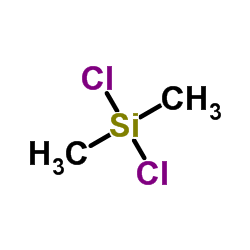| 结构式 | 名称/CAS号 | 全部文献 |
|---|---|---|
 |
二甲基二氯硅烷
CAS:75-78-5 |
|
 |
N-(beta-氨乙基)-gama-氨丙基三甲氧基硅烷
CAS:1760-24-3 |